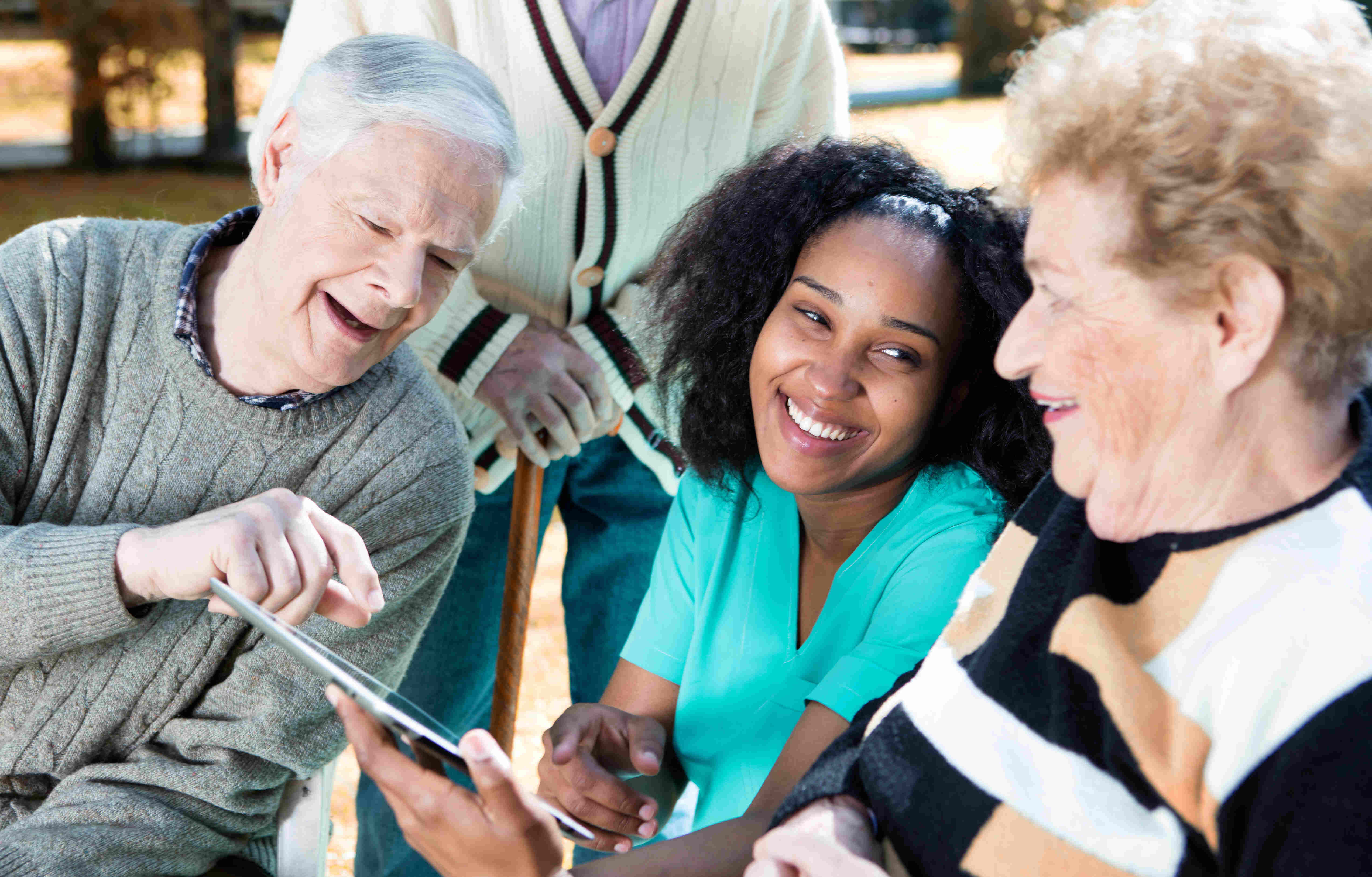Most care homes deliver good care. Medication is administered, meals are served, paperwork is filed. But the homes that stand out - the ones families remember and staff are proud to work in - are built around something deeper. They are built around connection.
Traditionally, care has been measured in tasks completed. But today, that definition is evolving. Great care is no longer just about what gets done. It is about how people feel and whether they feel seen, heard, understood, and included.
This shift from task to relationship is not just cultural. It is practical. And it is being quietly supported by new forms of digital communication that help scale connection, even on the busiest days.
What Connection Looks Like in Practice
Connection does not require more hours in the day. It shows up in the small, meaningful moments that often go unnoticed. A family member receiving a quick update after a podiatry visit. A resident being reminded of a favourite hobby or upcoming event. A care assistant starting a shift already knowing what happened earlier that day without needing a verbal handover.
These moments build trust. They give families peace of mind. They help residents feel known and cared for as individuals, and they create a calm, confident environment for staff, who can work with context, rather than always catching up.
Why Homes Are Prioritising Communication
Care regulators like the Care Quality Commission increasingly look beyond compliance to assess the emotional quality of care. How do residents feel? Are families involved? Is communication proactive or reactive?
Families, too, are choosing homes based not only on safety but on how connected they feel to what is happening. Inside the home, poor communication leads to frustration, task duplication and gaps in continuity. In contrast, clear communication between staff, residents, families and external providers strengthens relationships, reduces stress and improves outcomes. It is no longer a ‘nice to have’ - it is a marker of excellence.
The Challenge—and the Opportunity
Most care teams know that good communication is essential. But with so many demands, it often becomes one more thing to chase. Phones ring. Shifts change. Notes get delayed. Families ask for updates, but frontline staff are already stretched. The result is inconsistency. Some relatives feel well informed. Others feel left out. Some providers send notes within hours. Others need to be followed up.
The opportunity is not to add more communication but to make it easier, more natural and more consistent. That is where digital platforms like Rapid offer meaningful support. By centralising communication and outcome sharing, homes can embed connection into their everyday workflow.
How Digital Communication Changes the Game
When homes use a tool like Rapid, they can create a single, shared view of what is happening. Staff can log updates quickly after appointments or conversations. Families can receive notifications without needing to phone in. Providers can record outcomes directly into the system. Managers can see everything in one place without chasing or checking multiple sources.
More importantly, digital communication creates continuity. Everyone sees the same picture. Residents benefit from more joined-up care. Families feel reassured. Staff work with more confidence, even as shifts change and all of it happens without adding hours to anyone’s day.
Connection Is the Future of Care
The care sector is changing. The homes that thrive will not be those that simply deliver tasks efficiently. They will be the ones that build trust, cultivate relationships and make people feel involved.
That is the power of connection.
It reduces stress. It improves outcomes. It makes people want to stay, whether they are residents, families or staff. With digital support like Rapid’s platform, that kind of connected care is no longer difficult to achieve. It is practical, repeatable and sustainable. If your home is exploring how to put more connection at the heart of care, it might be time to try a more joined-up approach.

